
Henry Hopkins Sibley was a career officer in the United States Army, who commanded a Confederate cavalry brigade in the Civil War.

Alfred Pleasonton was a United States Army officer and major general of volunteers in the Union cavalry during the American Civil War. He commanded the Cavalry Corps of the Army of the Potomac during the Gettysburg campaign, including the largest predominantly cavalry battle of the war, Brandy Station. In 1864, he was transferred to the Trans-Mississippi theater, where he defeated Confederate General Sterling Price in two key battles, including the Battle of Mine Creek, the second largest cavalry battle of the war, effectively ending the war in Missouri. He was the son of Stephen Pleasonton and younger brother of Augustus Pleasonton.

Richard Heron Anderson was a career U.S. Army officer, fighting with distinction in the Mexican–American War. He also served as a Confederate general during the American Civil War, fighting in the Eastern Theater of the conflict and most notably during the 1864 Battle of Spotsylvania Court House. Anderson was also noted for his humility.

Philip St. George Cooke was a career United States Army cavalry officer who served as a Union General in the American Civil War. He is noted for his authorship of an Army cavalry manual, and is sometimes called the "Father of the U.S. Cavalry."
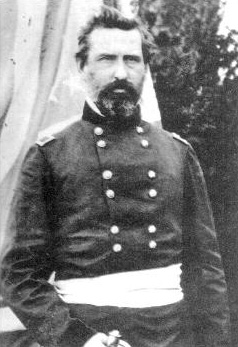
William Thomas Harbaugh Brooks was a career military officer in the United States Army, serving as a major general during the American Civil War.
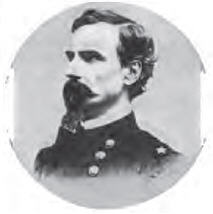
John Wynn Davidson was a brigadier general in the United States Army during the American Civil War and an American Indian fighter. In 1850, he co-led the Bloody Island massacre of 60-200 Pomo old men, women, and children as part of the wider California genocide.

Delos Bennett Sackett was a career officer in the United States Army, and served in the American Civil War as a colonel in the Union Army. Later he became the Inspector General of the U.S. Army.

Kenner Garrard was a brigadier general in the Union Army during the American Civil War. A member of one of Ohio's most prominent military families, he performed well at the Battle of Gettysburg, and then led a cavalry division in the army of Major General William T. Sherman during the Atlanta Campaign. He developed a reputation for personal bravery and was cited for gallantry at the Battle of Nashville as an infantry division commander.

George Burgwyn Anderson was a career military officer, serving first in the antebellum U.S. Army and then dying from wounds inflicted during the American Civil War while a general officer in the Confederate Army. He was among six generals killed or mortally wounded at the Battle of Antietam in September 1862.

Robert Ransom Jr. was a major general in the Confederate States Army during the American Civil War. His brother Matt W. Ransom was also a Confederate general officer and U.S. Senator.
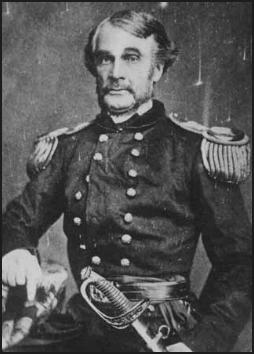
Edmund Brooke Alexander was an officer in the United States Army in the Mexican-American War through the American Civil War who rose to the rank of brevet Brigadier General in 1865.

James Green Martin was a brigadier general in the Confederate States Army during the American Civil War.
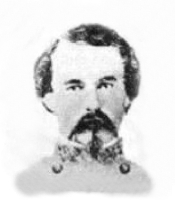
William Duncan Smith was a career United States Army officer who fought in the Mexican–American War. Later he served as a Confederate general during the American Civil War, and he died in the second year of the war from yellow fever.
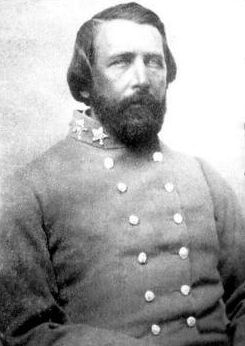
John Breckinridge Grayson was a career United States Army officer and a graduate of West Point. He is well known for being a Confederate brigadier general during the American Civil War, his service during the Mexican-American War, and for his early death only three months after joining the Confederate Army of pneumonia and tuberculosis.

Thomas Jefferson McKean was an American engineer, soldier, politician, and farmer. A West Point graduate, he fought in the United States Army during the Seminole Wars, in the Mexican–American War, and he served as a general in the Union Army during the American Civil War.

Samuel Henry Starr was a career United States Army officer, regimental commander and prisoner of war. A collection of his letters provide a rare view of military life, the War with Mexico, Indian conflicts, the Civil War, his fall from grace, recovery and post Civil War service. Despite his rough demeanor he was a religious man and reflective of the times he served.
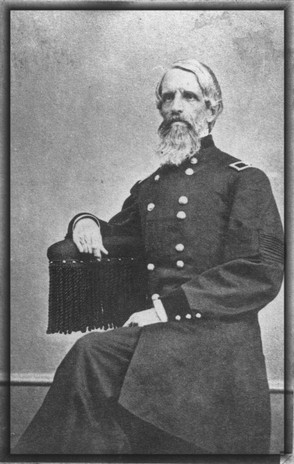
William Hoffman (1807–1884) was a 19th-century officer in the United States Army. The West Point graduate was involved in the Black Hawk War, Seminole Wars, Mexican–American War and the American Civil War. During the Civil War he served as the Commissary-General of Prisoners and set policy for the treatment and release of prisoners.
Joseph Nelson Garland Whistler was a career United States Army officer. He served in the Mexican–American War and received a brevet appointment for distinguished service in the Battle of Contreras and the Battle of Churubusco. At the beginning of the American Civil War, Whistler was among the U.S. Regular Army officers taken prisoner by Confederates in Texas in April 1861 and paroled but was not exchanged until August 15, 1862. In 1863, he became colonel of the 2nd New York Heavy Artillery Regiment. He received a promotion and four brevet appointments in the regular army for his service during the Overland Campaign, specifically the Battle of North Anna, and the Siege of Petersburg, specifically the Second Battle of Petersburg. He was nominated on January 13, 1866 and confirmed on March 12, 1866 for appointment to the grade of brevet brigadier general of volunteers, to rank from March 13, 1866. He retired in on October 19, 1886 as colonel of the 15th U.S. Infantry Regiment.

George Alexander Hamilton Blake was a cavalry officer in the United States Army during the American Indian Wars, the Mexican–American War and the American Civil War.
William Reading Montgomery was a career United States Army officer who served in the Second Seminole War and Mexican–American War. He was a brigadier general in the Union Army from May 17, 1861, to April 4, 1864, during the American Civil War.


















